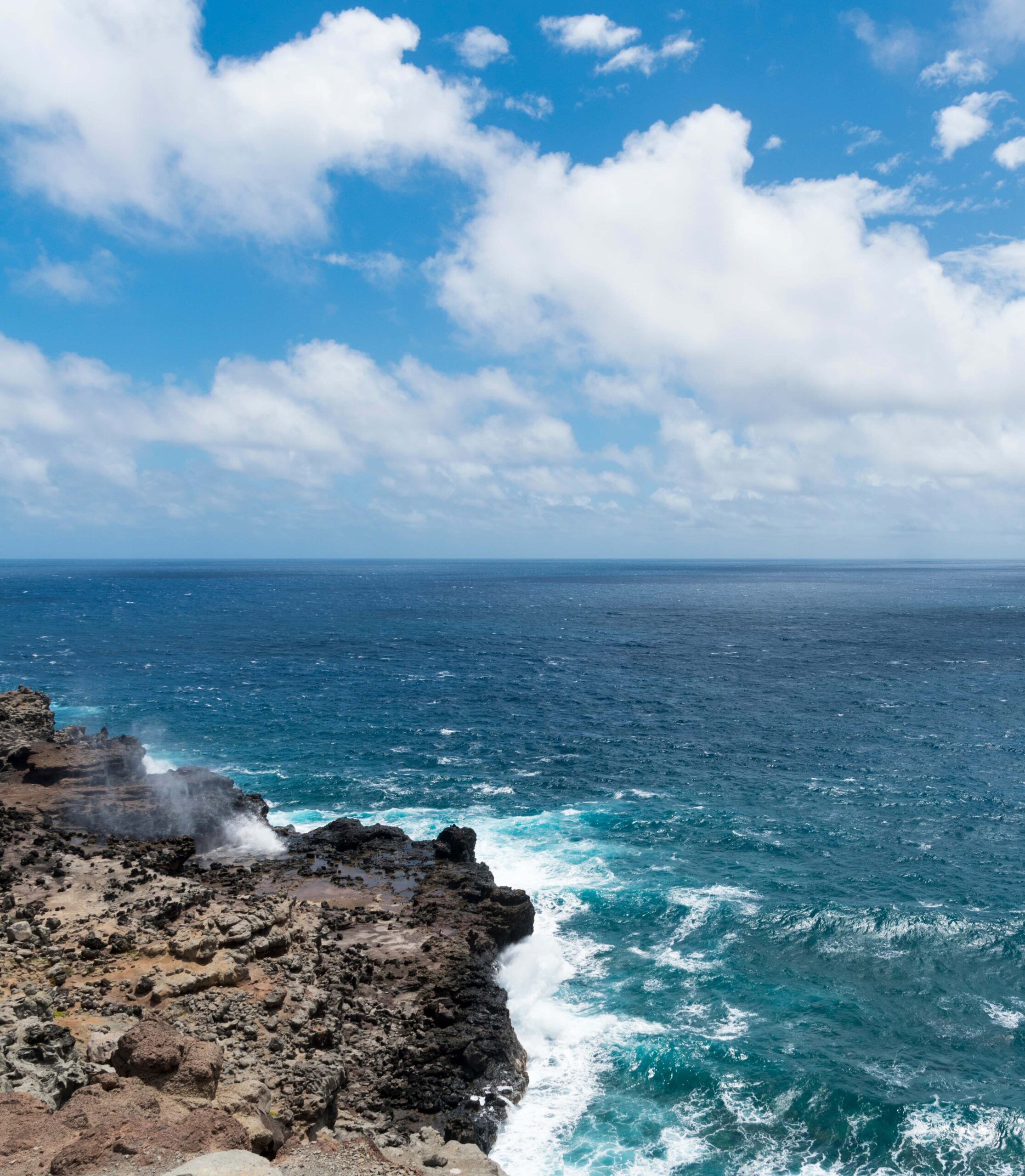
Adirondack State Park, New York
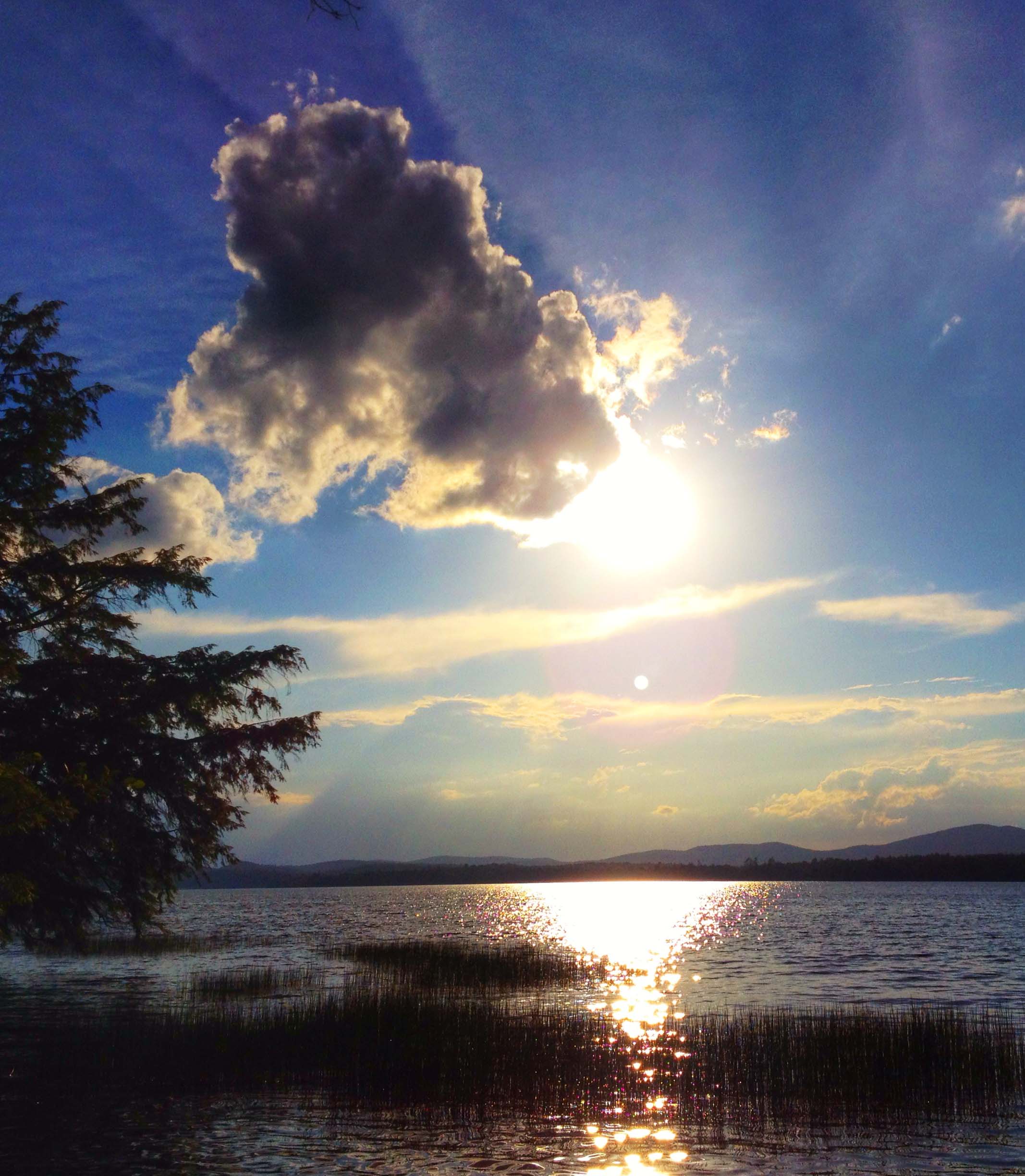
With 6 million acres of wilderness—one-third of the total land area of New York—Adirondack State Park has plenty of places to escape the relentless notifications on your phone. (The lack of cell phone coverage has actually prompted lawmakers to push for taller towers.) Thought it's a year-round destination, fall foliage is a particular draw, especially at the end of September, early October.
Baxter State Park, Maine
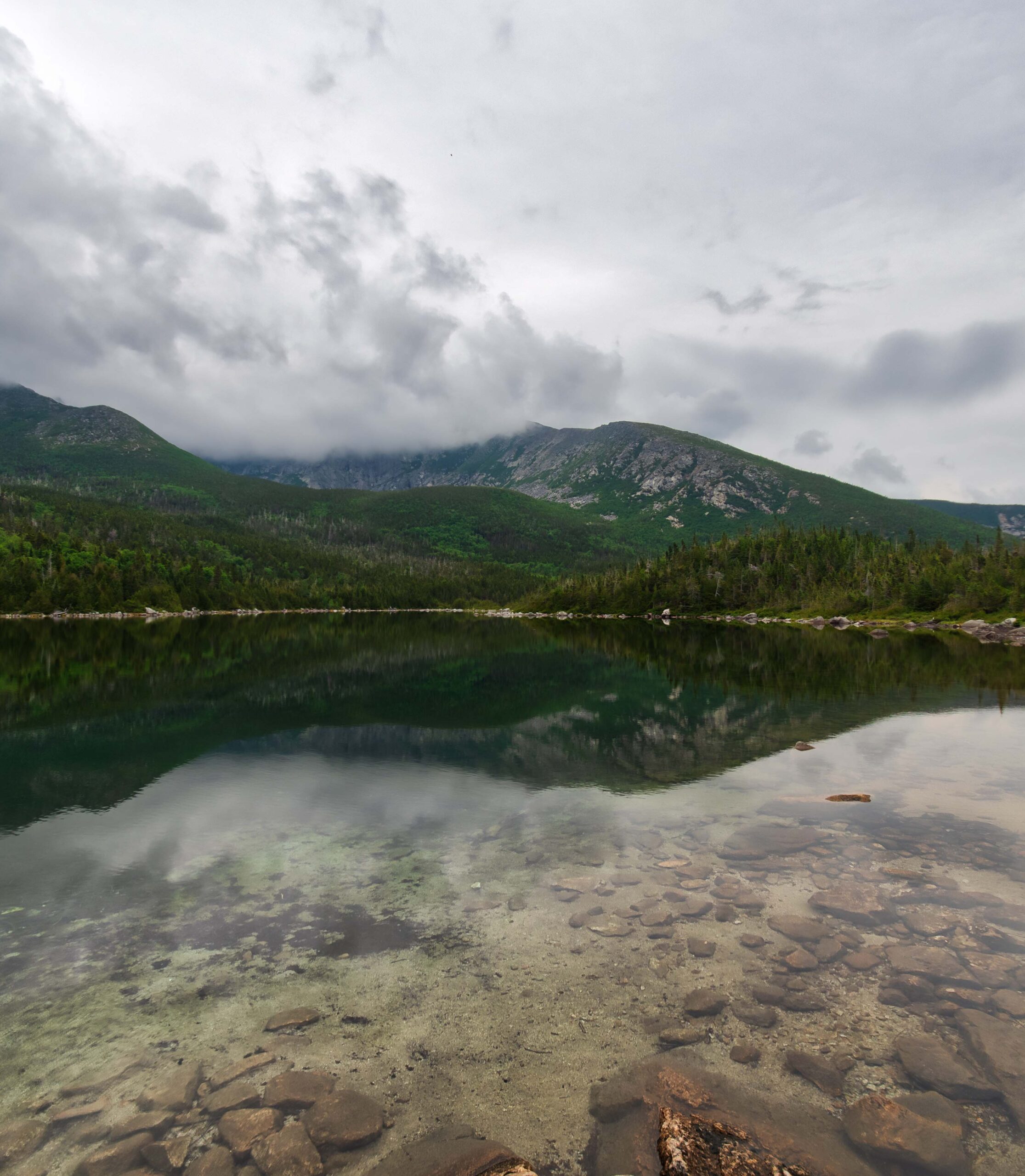
The main draw in Maine's Baxter State Park is Mount Katahdin, the tallest in the state, but you could also go for the lack of cell coverage. Says the park's new director, Eben Sypitkowski, "This is a place to turn off your cell phone and sort of let your relationship with nature be contemplative and not structured by commercial interests. So, this is a place to step out of our connected world, and reconnect with yourself and nature."
Big Bend National Park, Texas
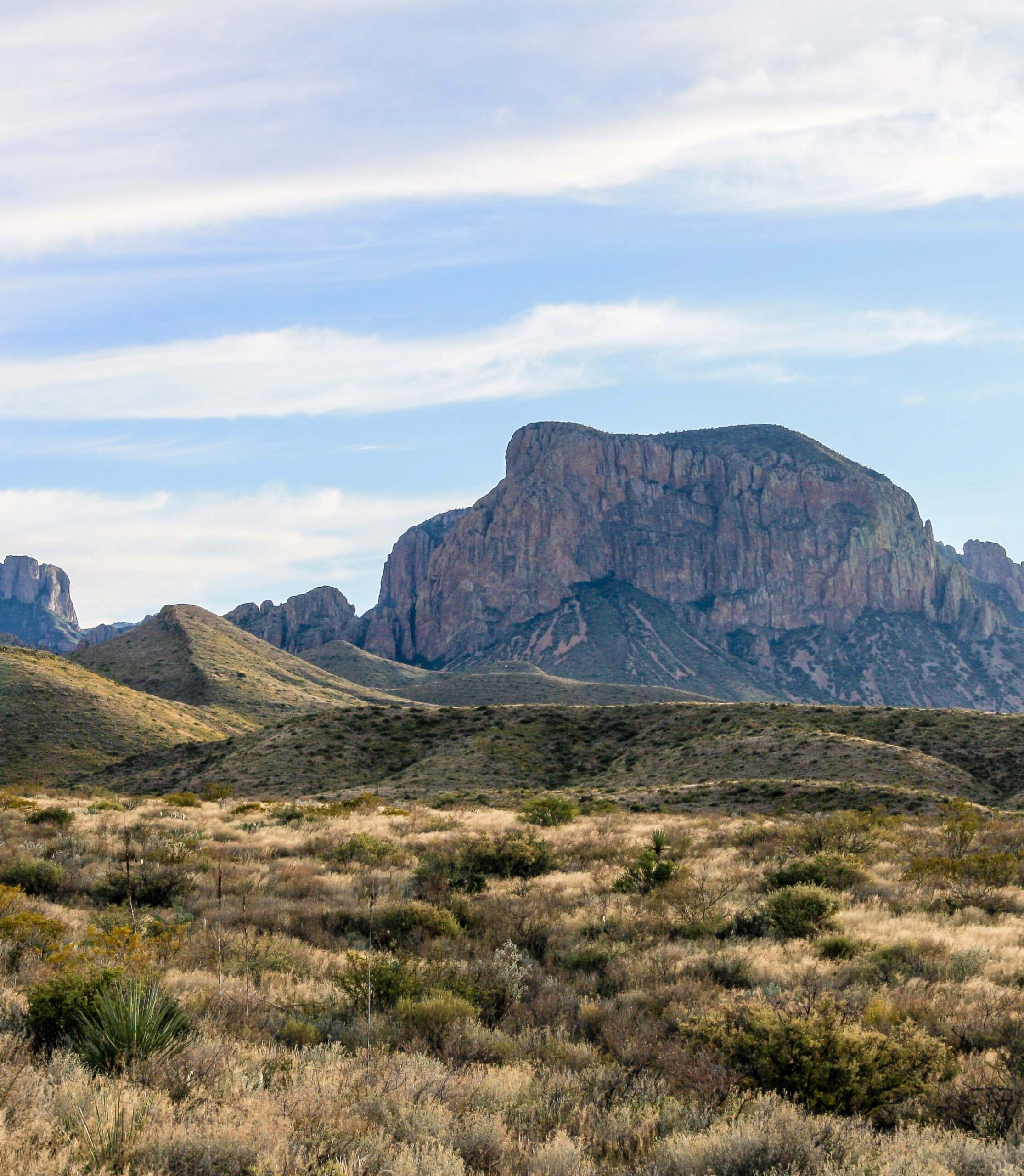
If you read travel reviews, "spotty at best" is the most common descriptor of cell service in Big Bend National Park, which stretches across 800,000 acres in west Texas. And that's the point. It's called "one of the last remaining wild corners of the United States"—and the wild desert landscape intends to stay that way.
Big Sur, California
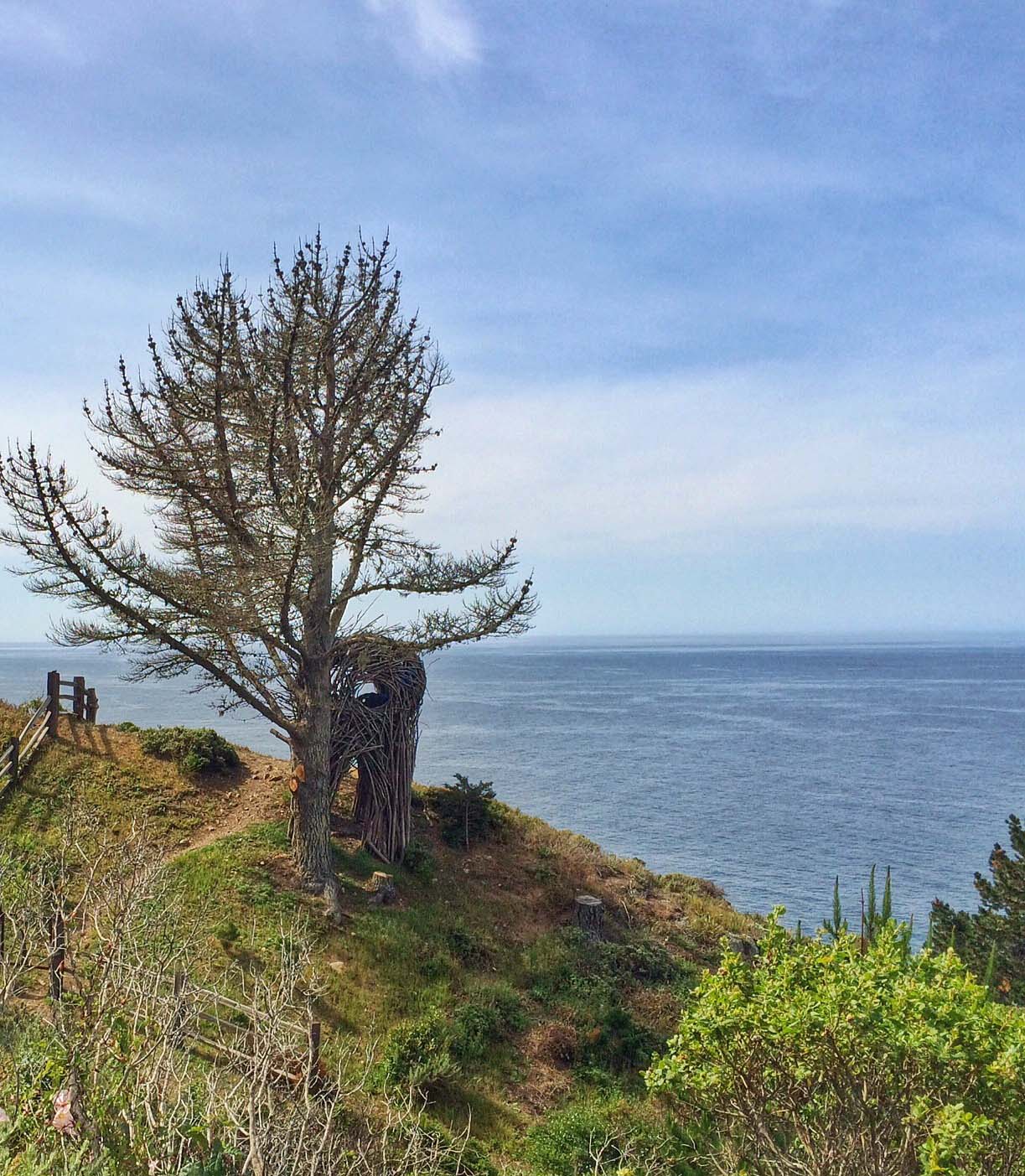
Although Highway 1 through Big Sur finally reopened after a massive mudslide in 2017, it's still wonderfully remote—remote enough, in fact, that various local establishments still have pay phones.
Cumberland Island, Georgia
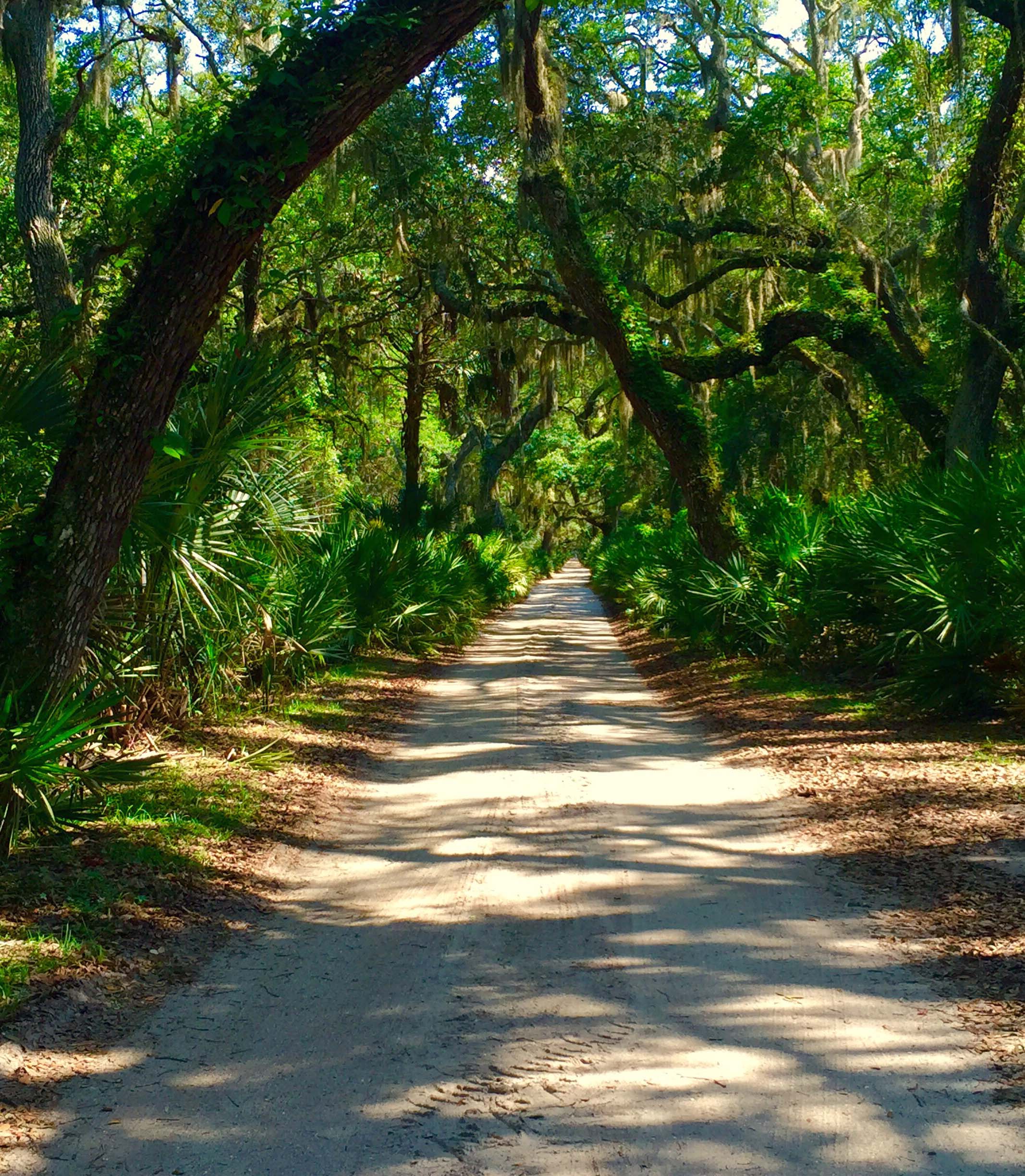
Only 300 people per day can visit Cumberland Island, Georgia's largest barrier island, and once they get there, cell phone service is almost nil. In addition to that, the Greyfield Inn—the only commercial establishment on the island—isn't wired for Wi-Fi (or TVs, or telephones, for that matter). You can also camp.
Gila National Forest, New Mexico
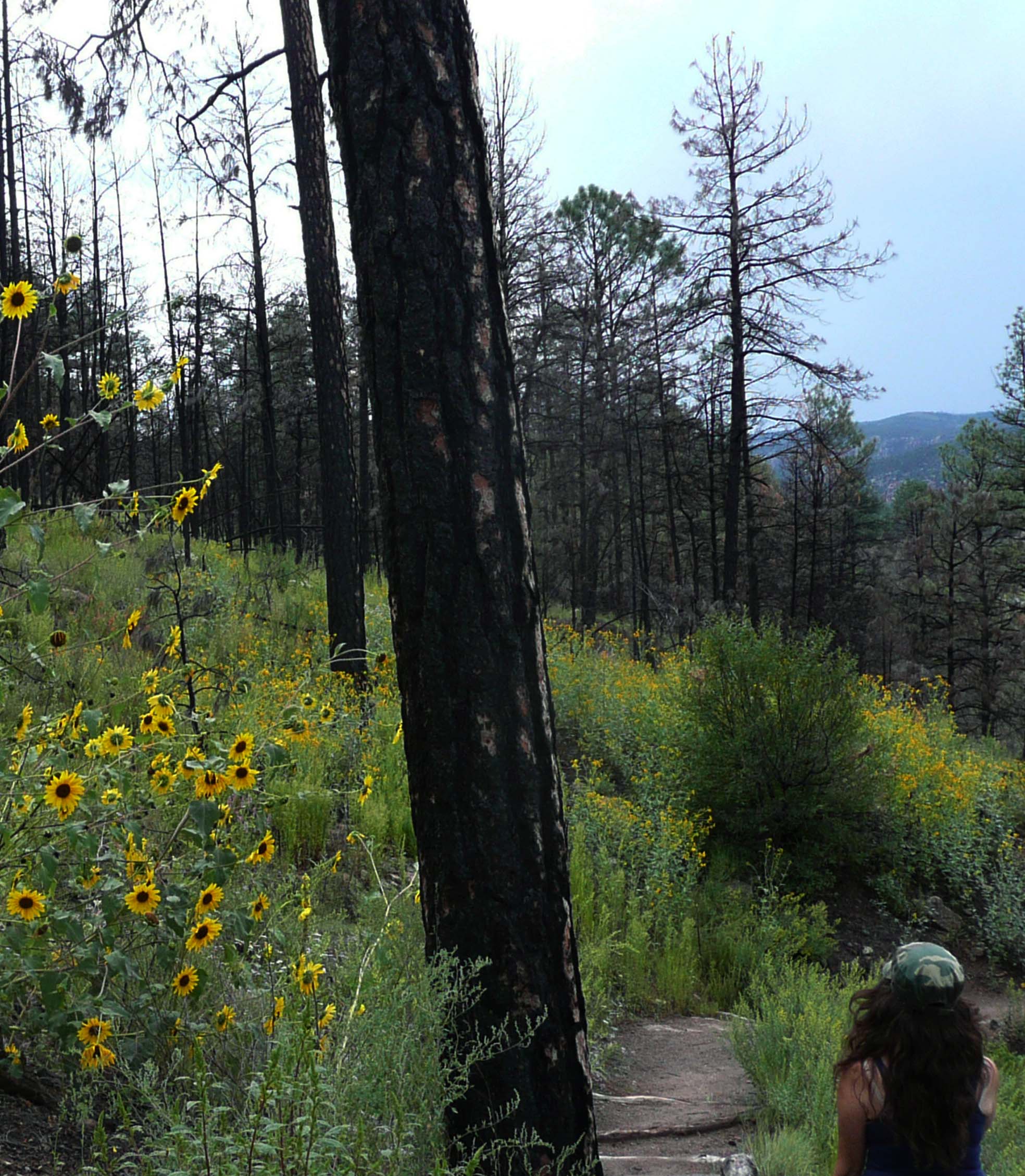
The Gila Wilderness—the nation's first wilderness area, in fact—is part of the 3.3 million acres that comprise the Gila National Forest. As one Sunset Magazine writer put it, "As you hike in, following the course of the Gila River, you feel you are moving ever deeper toward the bones of the earth." Plus, your phone doesn't work.
Grand Canyon National Park, Arizona
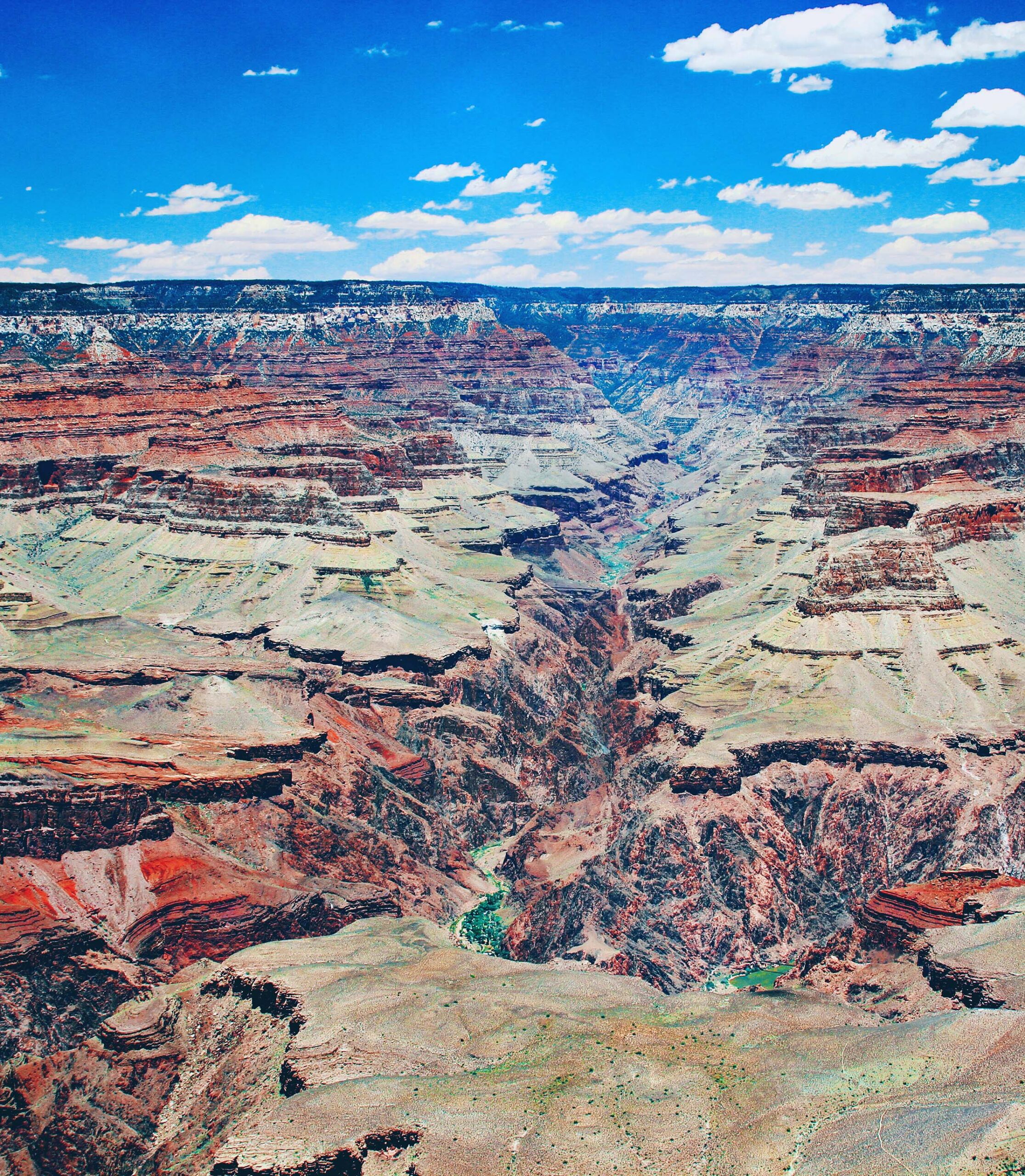
The Grand Canyon is perhaps more wired than it used to be, but especially along the South Rim you'll have to drop the phone and pay attention to the jaw-dropping scenery.
Hana, Hawaii
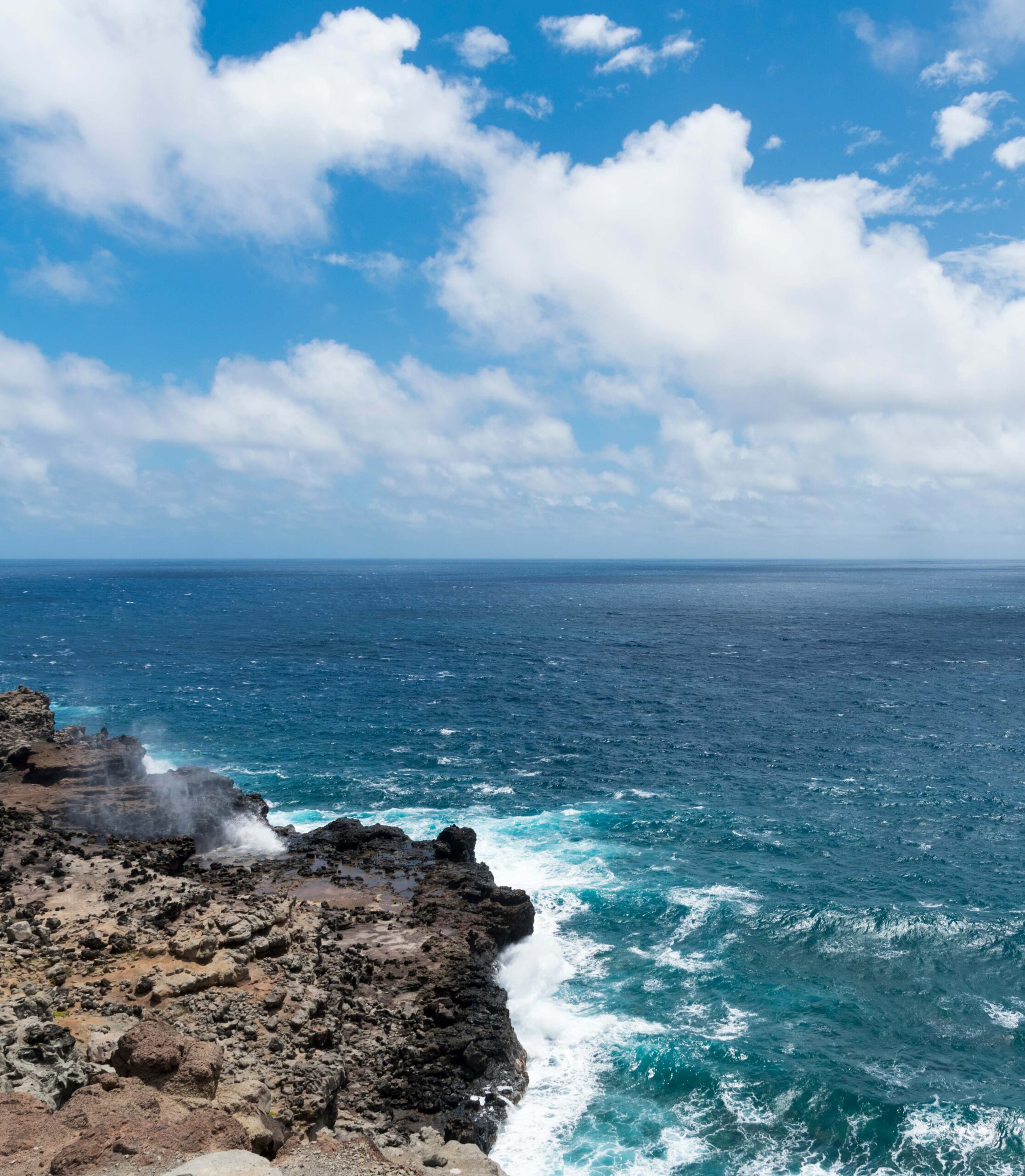
The famed road to Hana, on the island of Maui, doesn't really have cell service once you get there. And yes, that's the point. It's one of the most remote spots on the island.
Kodiak National Wildlife Refuge, Alaska
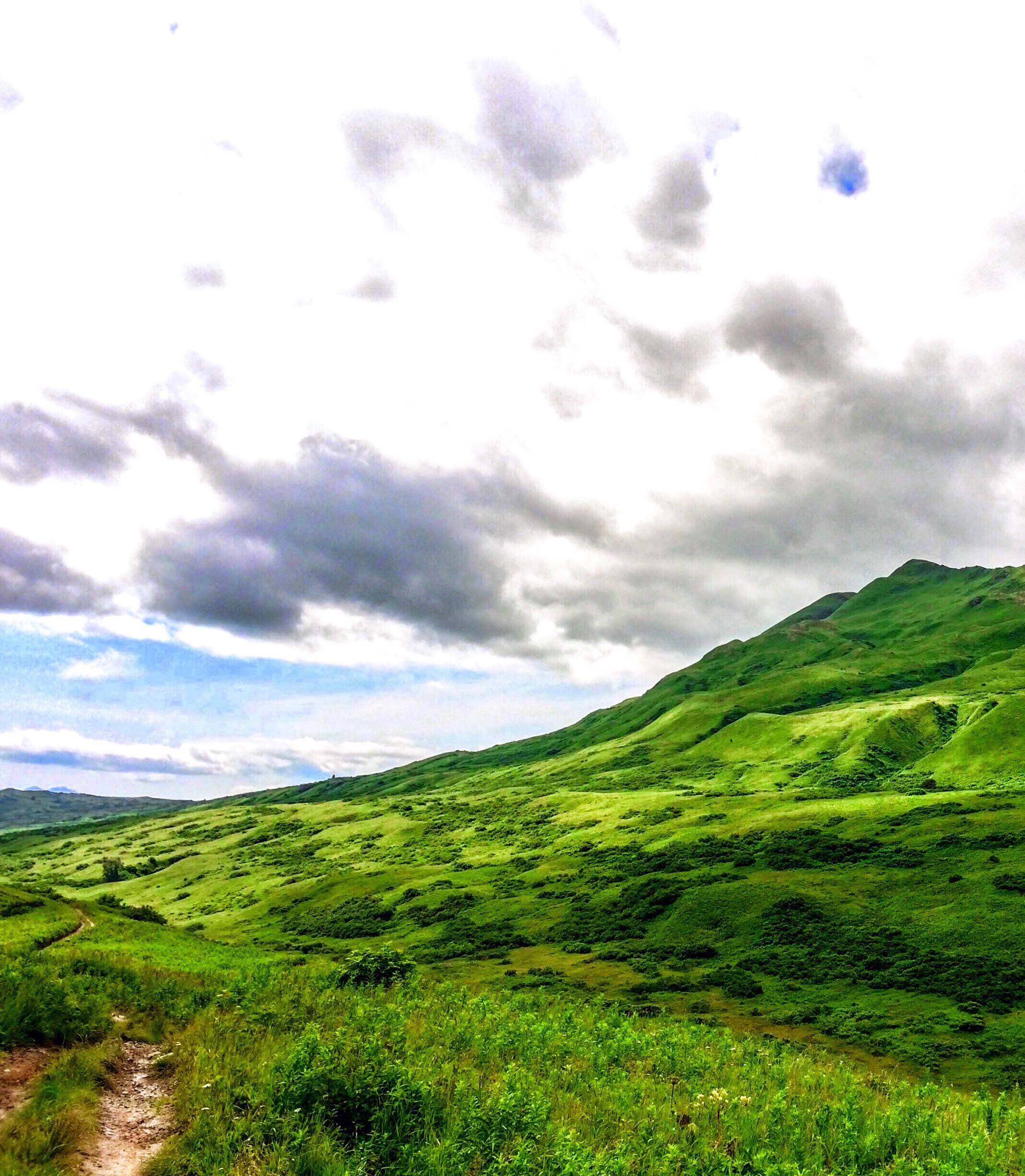
First of all, the Kodiak National Wildlife Refuge on Kodiak Island can only be reached by boat or plane. Second of all, you're there to see the Kodiak bears, the largest land carnivore in the U.S. Cell phone service is, as they say, spotty at best once you leave the city of Kodiak.
Napali Coast State Wilderness Park, Hawaii
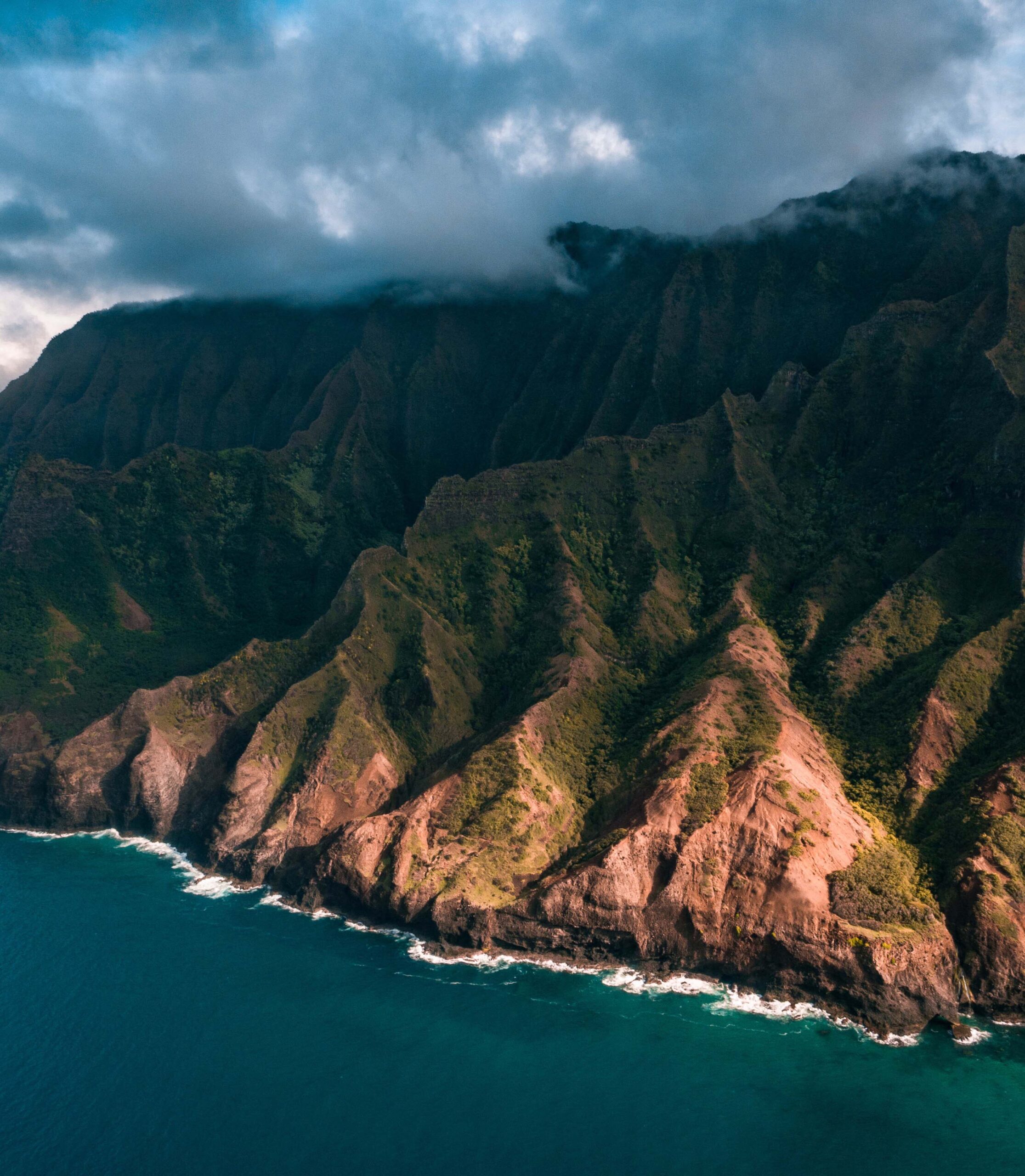
Kauai is one of Hawaii's least populated islands, and the Napali Coast State Wilderness Park, on the northwest side of the island, is blissfully free of cell service—all the better to enjoy it via hiking trail, helicopter, kayak or paddleboard.
Olympic National Park, Washington
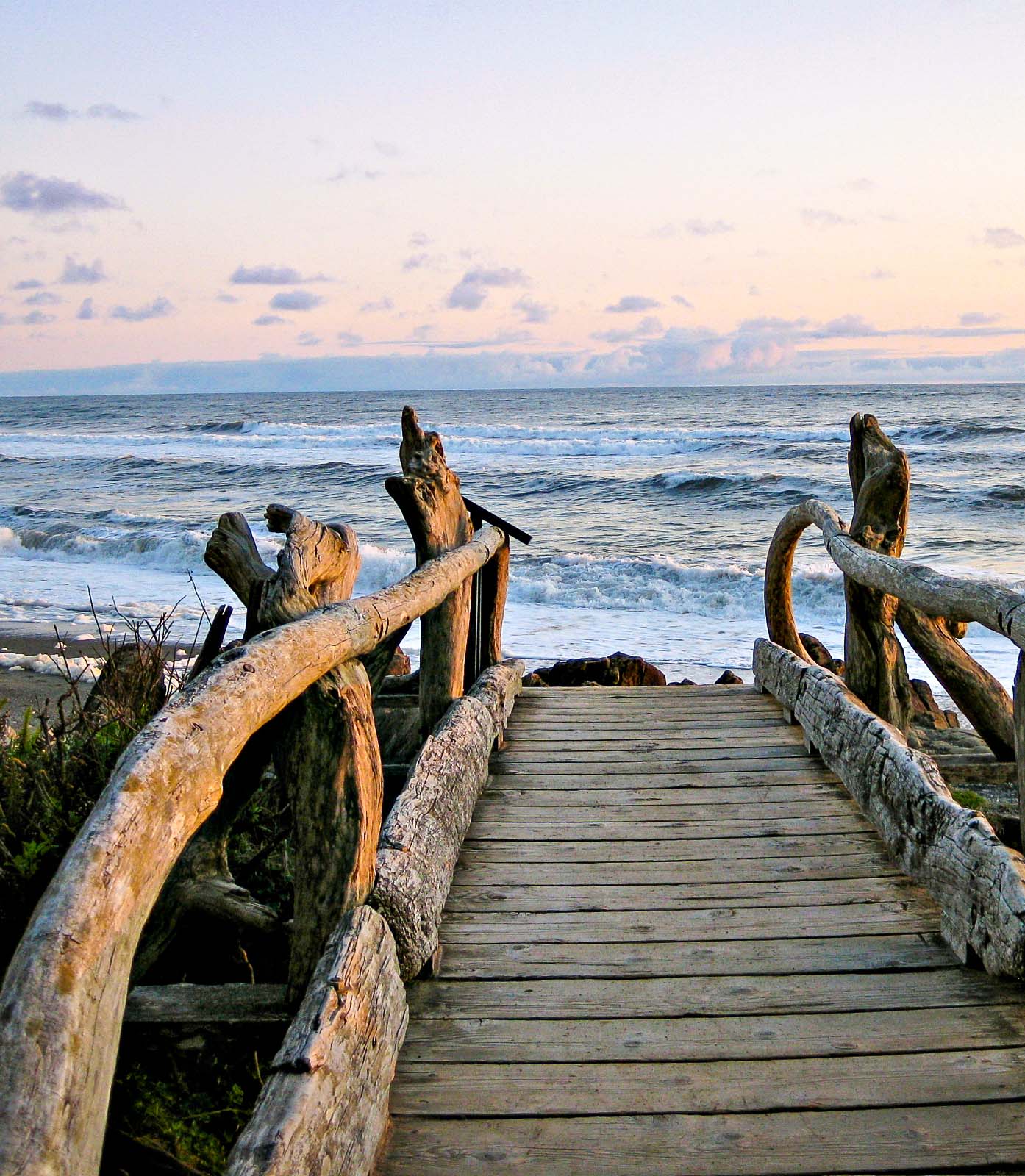
In an emergency, park rangers suggest climbing to the top of the nearest ridge in Olympic National Park for cell service. Otherwise, just enjoy 70 miles of wild coastline and almost a million acres of glaciated mountains and temperate forests.
Natural Bridges National Monument, Utah
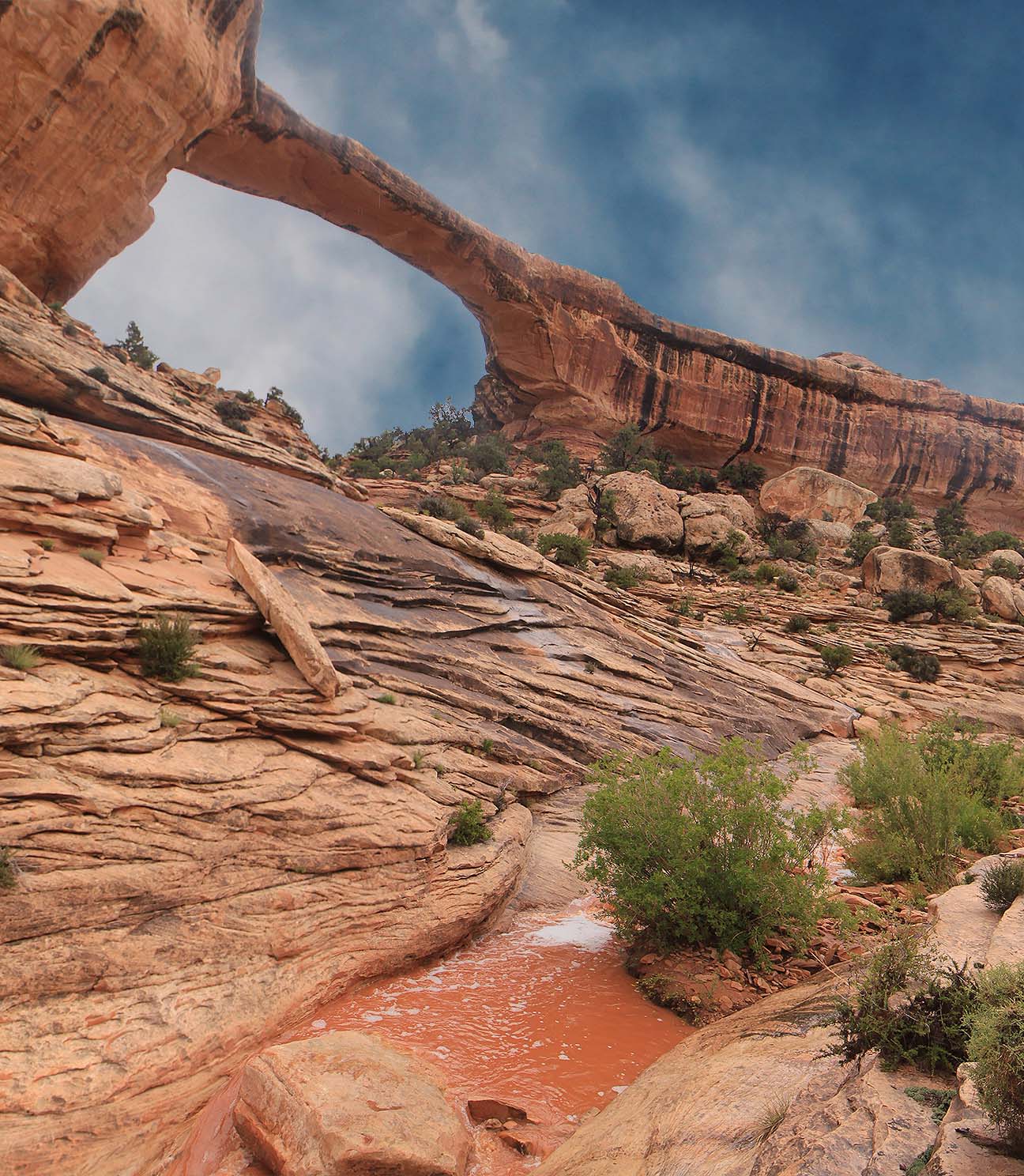
Cell service begins to drop as you turn onto Highway 95 to head into Natural Bridges National Monument. The three bridges—Kachina, Owachomo and Sipapu—are the main draw, as is the pristine night sky. Park rangers suggest relying on the visitor center, not your smartphone, for all the information you need.
Sequoia & Kings Canyon National Parks, California
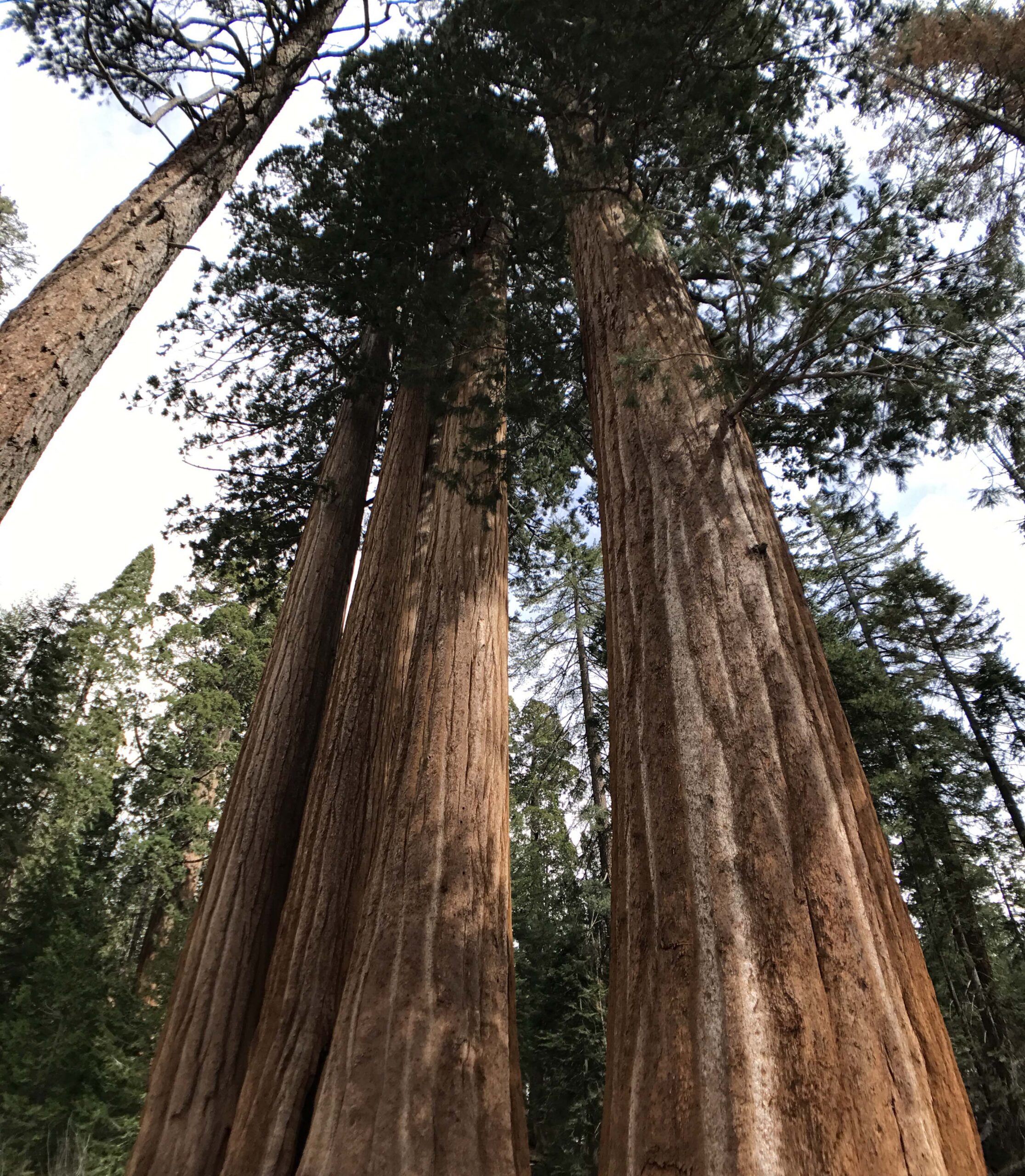
You're there to marvel at 3,000-year-old trees, not check work email. There's limited service and satellite Wi-Fi in the area's three lodges, if you must.




